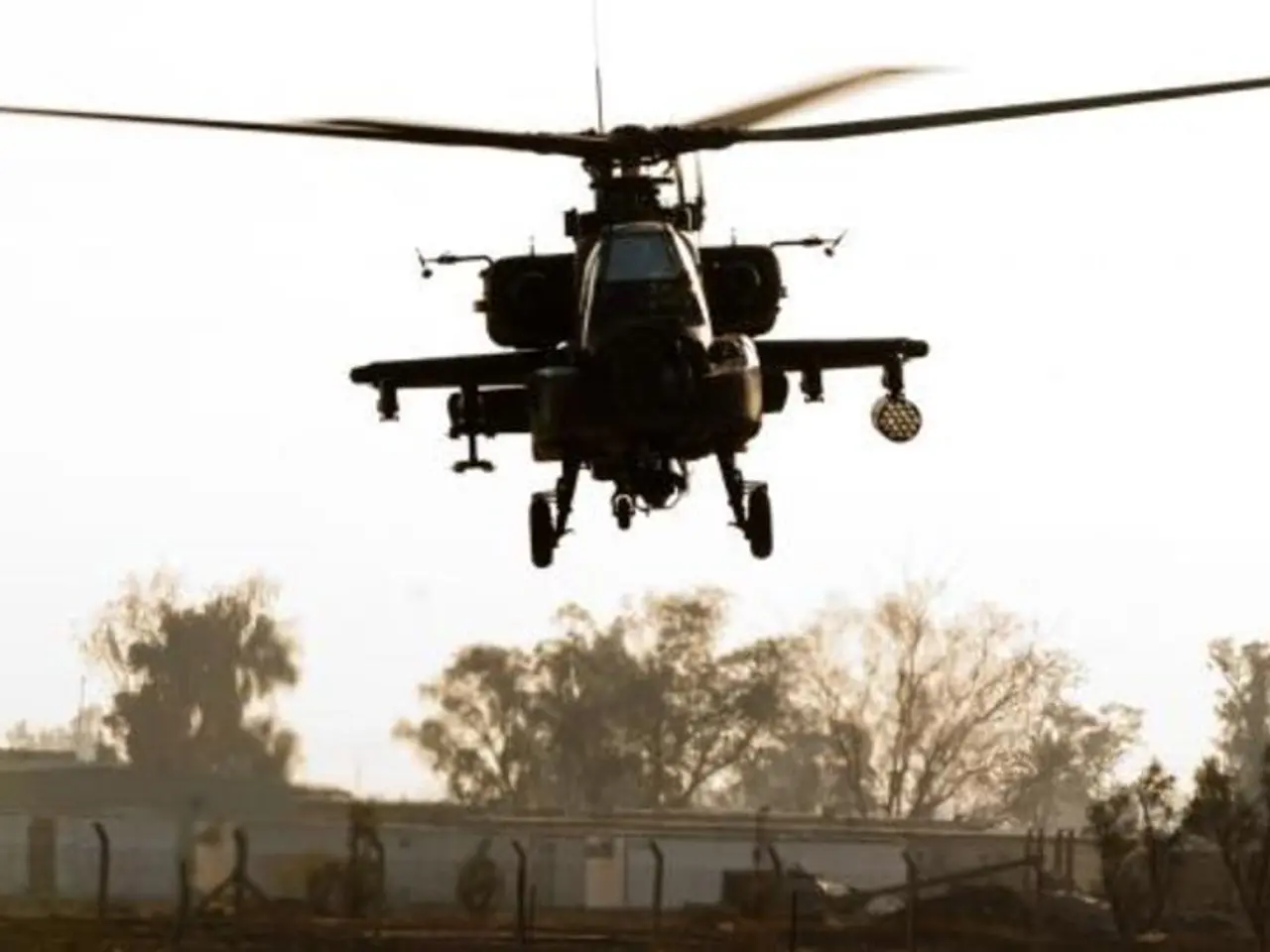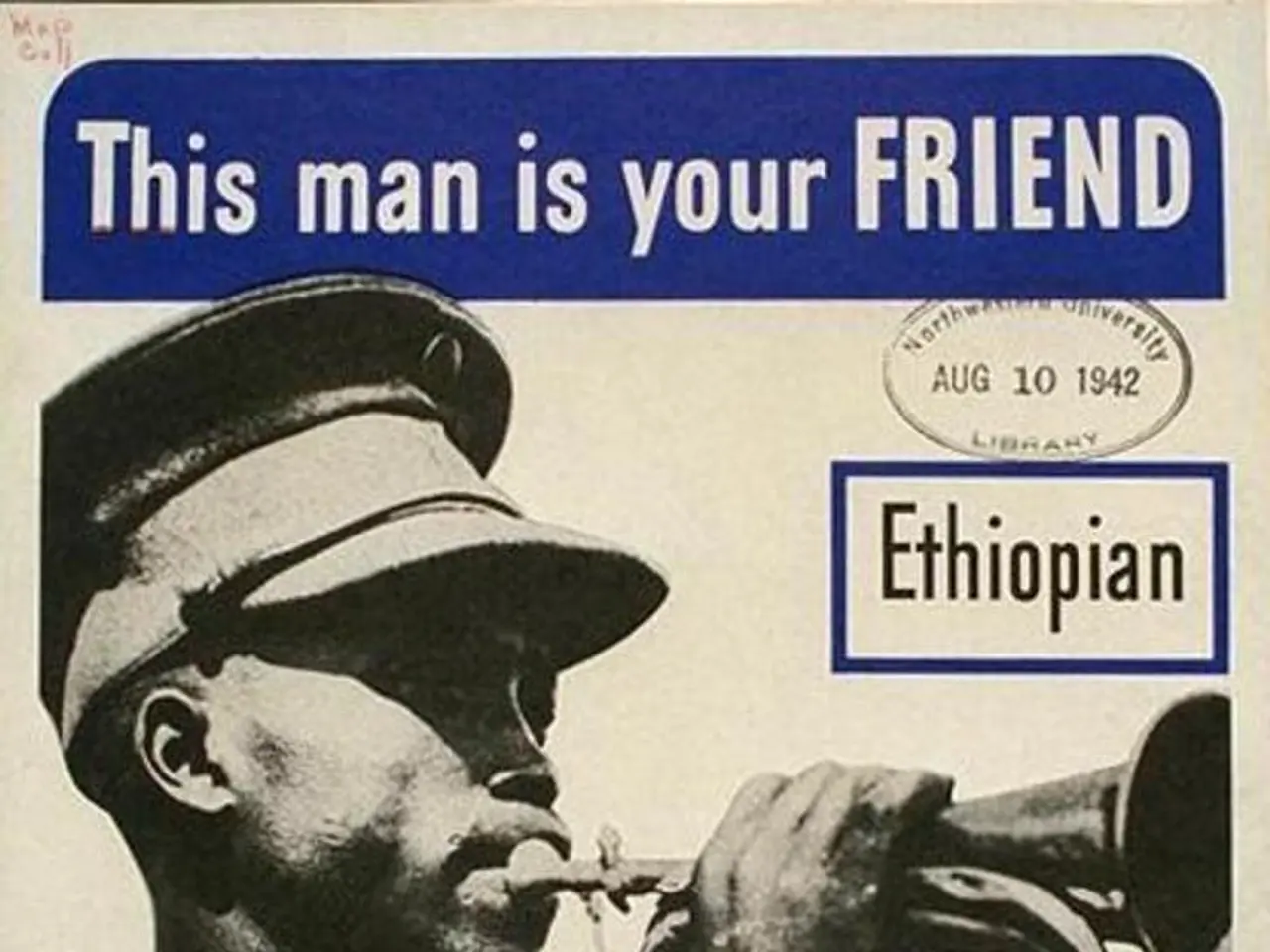Air Force helicopter movements in Washington caused concern prior to the fatal midair collision, according to the National Transportation Safety Board's testimony.
Midair Collision Over Potomac River Highlights Safety Concerns in Washington D.C. Airspace
The tragic midair collision between an Army helicopter and a commercial airliner over the Potomac River in January 2025, which resulted in the loss of 67 lives, has brought to light several safety concerns in the airspace around Washington D.C., particularly around Ronald Reagan National Airport (DCA).
Investigations by the National Transportation Safety Board (NTSB) and witness testimony at the hearings have revealed a number of systemic issues. These include complex and congested airspace, reliance on visual separation, challenges in identifying helicopters at night, and controller workload and errors.
The high density of takeoffs and landings at DCA, including frequent helicopter traffic, presents a challenge for air traffic controllers who must manage a mix of fixed-wing and rotary-wing aircraft in limited airspace. This often leads to heavy workloads and safety challenges.
Historically, air traffic controllers and pilots have relied on visual separation, meaning they avoid collisions by maintaining visual contact. However, this method has proven problematic, particularly at night or in poor visibility, as it is difficult to identify other helicopters.
The controller managing the flights at the time of the crash was handling communications with 21 different aircraft in ten minutes and admitted feeling overwhelmed before the crash. The controller also failed to warn the commercial flight about the approaching Army helicopter.
Another significant concern is the lack of unified tracking systems. Military helicopters often turn off onboard locator systems, making them harder to track electronically and visually, increasing risks during dense flight operations near DCA.
The NTSB found that the Black Hawk helicopter involved in the crash was flying above the altitude limit, with the flight data recorder showing it was 80 to 100 feet higher than the altimeter indicated.
The investigation is focusing on air traffic control and the use of visual separation. The incident is being investigated by the NTSB, and the final report of the investigation will not be released until sometime next year.
NTSB Chairwoman Jennifer Homendy has urged the Federal Aviation Administration (FAA) to "Fix it. Do better" in response to the agency's neglect of warnings about helicopter traffic prior to the Potomac River crash. Homendy also reminded witnesses that they are covered by whistleblower protections and shouldn't be disciplined for anything they say.
The American Airlines jet involved in the collision was carrying a group of elite young figure skaters, their parents and coaches, and four union steamfitters from the Washington area.
These factors illustrate a pattern of safety risks tied to the air traffic environment near Washington D.C., where military helicopter operations intersect with commercial aviation amid heavy traffic and procedural limitations. Federal authorities continue to investigate and consider measures to improve safety in this complex airspace.
[1] NTSB Preliminary Report on Potomac River Midair Collision
[2] Washington Post: Midair Collision Highlights Safety Concerns Near DCA
[3] CNN: Army Black Hawk Helicopter Involved in Deadly Midair Collision Over Potomac River
[4] New York Times: Midair Collision Over Potomac River Kills 67 People
- According to the NTSB's preliminary report, California's Ronald Reagan National Airport (DCA) faces safety concerns, especially in its congested airspace, due to a mix of fixed-wing and rotary-wing aircraft.
- General news articles, such as those published by the Washington Post, CNN, and the New York Times, have extensively covered the midair collision between a commercial airliner and a military helicopter over the Potomac River, emphasizing the high number of car-accidents and crime-and-justice issues.
- The National Transportation Safety Board (NTSB) identified several issues contributing to the midair collision, including complex airspace, reliance on visual separation, and nighttime visibility challenges, alongside the high workload of air traffic controllers.
- The California incident has led to a call for improvements in the air traffic control system, with NTSB Chairwoman Jennifer Homendy urging the Federal Aviation Administration (FAA) to focus on installing unified tracking systems for both commercial and military aircraft.
- The tragic event involved not only a commercial airplane, but also a group of young figure skaters, their families, coaches, and local union members, highlighting the devastating effects of accidents in American football, crime-and-justice, and transportation scenarios.








